Dear readers, as promised, today’s post will be devoted to my recent trip to Aomori Prefecture and the city of Hirosaki in particular. It will be mainly a photo report.
While Aomori is mainly famous for its mountains, lakes and primeval forests, its attractions go well beyond its abundant nature, and if you are particularly interested in the region’s history and culture, you should definitely visit Hirosaki.
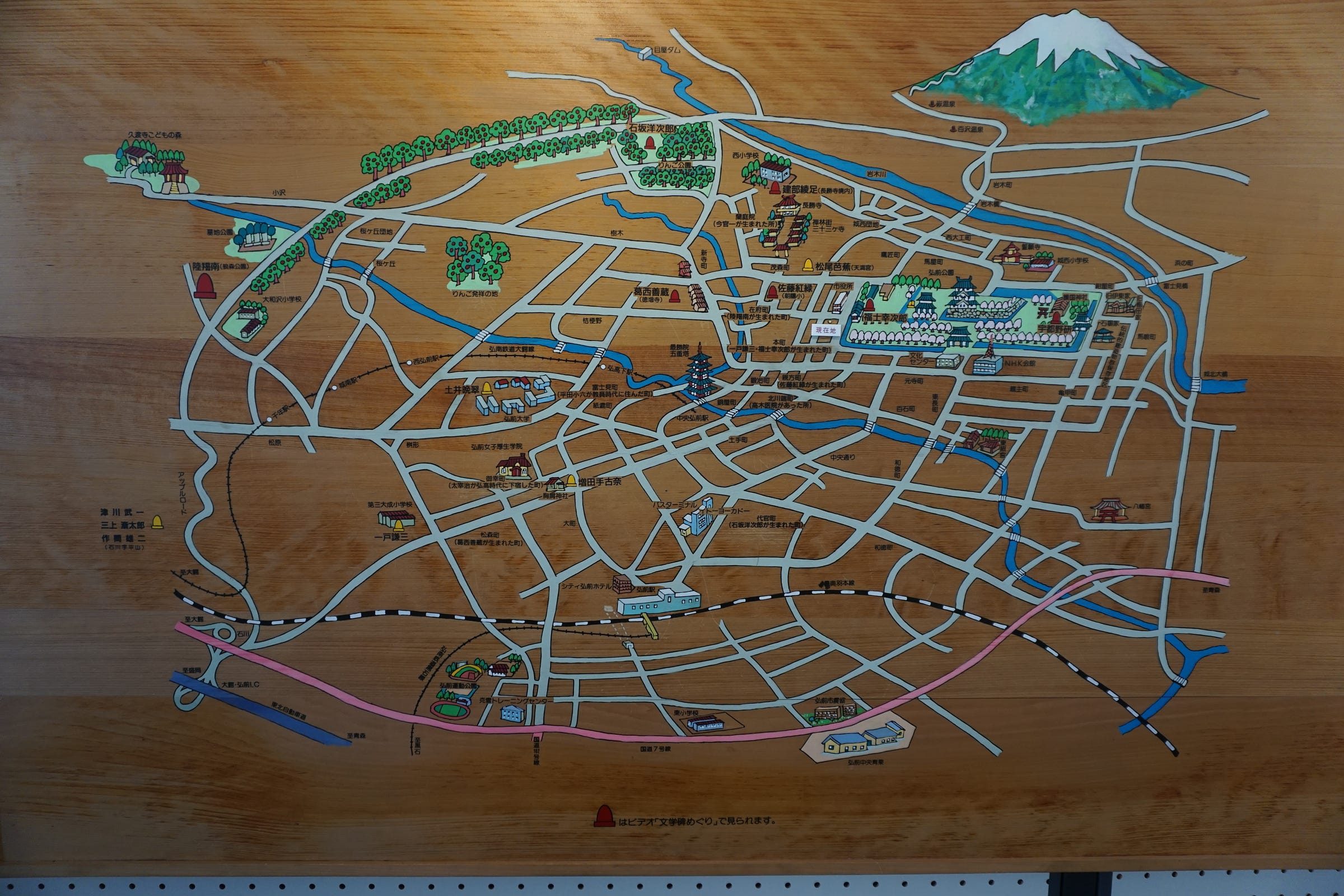
Aomori’s third largest city is the main center of the Tsugaru region and is the largest producer of apples in Japan, accounting for approximately 25% of the production. During the Edo period (1603-1867) it flourished as a castle town and though the Meiji Restoration (1868) left it without political power, it is still considered Aomori’s cultural and educational capital. Indeed, while Aomori is known for its harsh climate and somewhat rough character, a mood of quiet refinement permeates the city and even the local accent, far from the guttural sounds often heard elsewhere in the prefecture, is soft and elegant.
Hirosaki’s most striking feature, especially for travelers, is that since the early 17th century the city has managed to navigate Japan’s tumultuous history mostly unscathed. During World War II, for instance, the city did not suffer any damage while 70% of nearby Aomori was destroyed by Allied aerial raids.
Having been blessed by such a long period of uninterrupted peace, many historic buildings remain. Indeed, Hirosaki is one of the rare places in Japan where buildings from the Edo period coexist with Western-style buildings from the Meiji (1868-1911) and Taisho (1912-1925) periods, making it an ideal destination for architecture enthusiasts.
Let’s start with Hirosaki Park.
The castle grounds have been turned into a beautiful park that is currently managed by the city. It is worth visiting all year round, but it is especially popular between late April and early May during the Cherry Blossom Festival, an event that attracts tourists from all over Japan. Cherry trees have been planted since 1903, and there are now about 2,600 such trees throughout the park, making blossom viewing in Hirosaki a truly spectacular experience.
Hirosaki Park rewards early risers because though before 9:00 the keep is closed the inner area of the castle grounds can be visited free of charge. The three-story keep itself is rather small and unassuming, but the real surprise awaits visitors when they reach the back of the hill as they are suddenly confronted with the majestic shape of Mount Iwaki, the sacred mountain of Tsugaru. Similarly shaped to Mount Fuji, Iwaki is about half as tall but its closer proximity to the residential area makes it an even more imposing and awe-inspiring presence.
South of Hirosaki Park is also located the Fujita Memorial Garden, the former residence of Fujita Ken’ichi, a local businessman who also served as the president of the Japan Chamber of Commerce and Industry.
A fusion of Western and Japanese styles, the garden is divided into two parts – a highland area and a lowland area – by a 13-meter-high cliff. The highland area closer to the entrance is a Western-style garden with a view of Mt. Iwaki. It is here that we find Fujita’s villa, a Western-style two-story wooden mortar structure with an impressive design, including an octagonal tower. Currently, it has been turned into a café reminiscent of Taisho-period architecture.
The lowland area is a Japanese garden with a strolling path around a pond and a small but magnificent waterfall.
Fujita’s garden is not the only modern site worth visiting on the south side of Hirosaki Park. Other noteworthy buildings are the former 59th Bank Main Branch, the local branch of the United Church of Christ in Japan, and Hirosaki Gakuin Foreign Missionary Hall. Hirosaki is also famous for its large number of buildings designed by Maekawa Kunio, one of Japan's leading architects.
Arguably the best of the bunch is the former Hirosaki City Library (1906). It is now used as a facility of the Municipal Museum of Local Literature, and local publications and literary materials are on display.
The three-story wooden building has a Renaissance-style design and is distinctive for its octagonal towers. Having in mind its function as a library, the designers were careful to add many windows throughout the building to let the sunlight in. Climbing up and down its creaky stairs feels like a sort of time travel into a long-gone era.
There is much more to see and do in Hirosaki. Fans of famous author Dazai Osamu, for instance, may want to venture southward beyond the Kajimachi entertainment district and all the way to the house where he spent three years when he attended high school.
Dazai is infamous for trying to commit suicide multiple times (he finally succeeded in 1948), and this house (his uncle’s place) is where he did it for the first time on the eve of his graduation exams. Inside, many photographs of the young Dazai hang from the walls and his room is still unchanged including some graffiti that he scribbled on the wall.

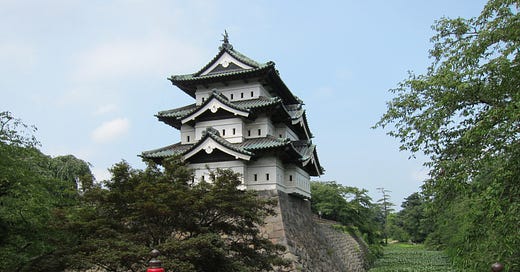



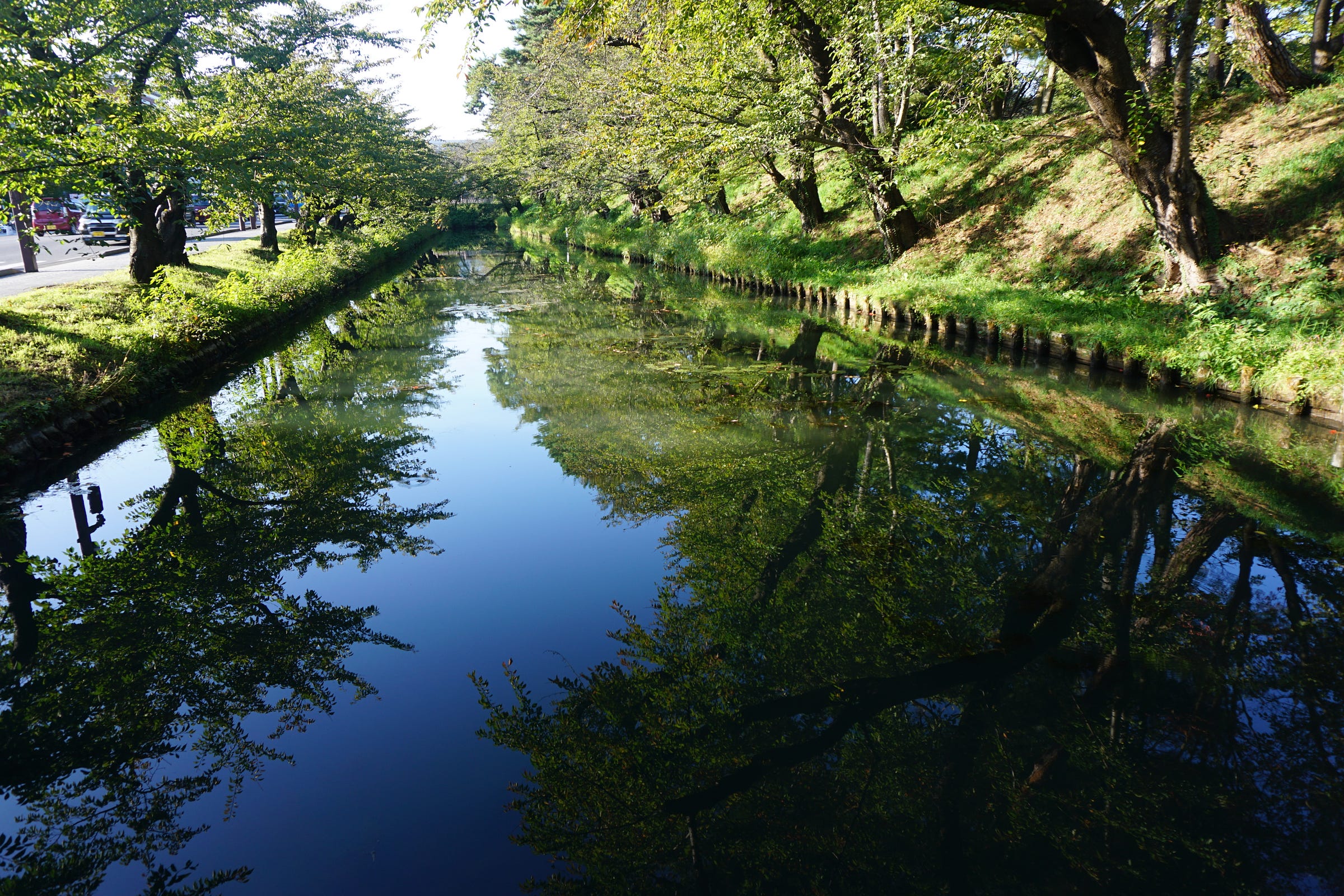
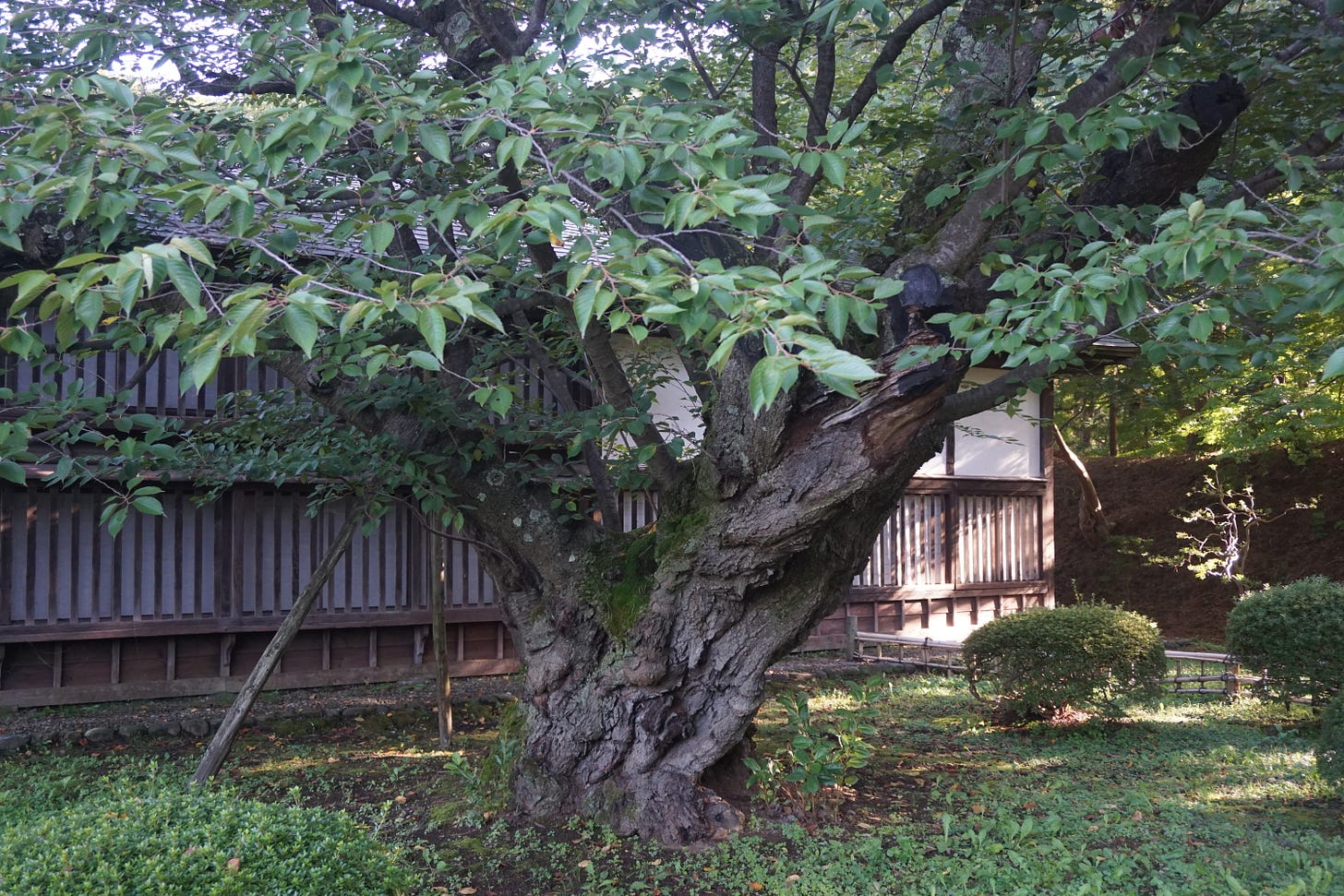
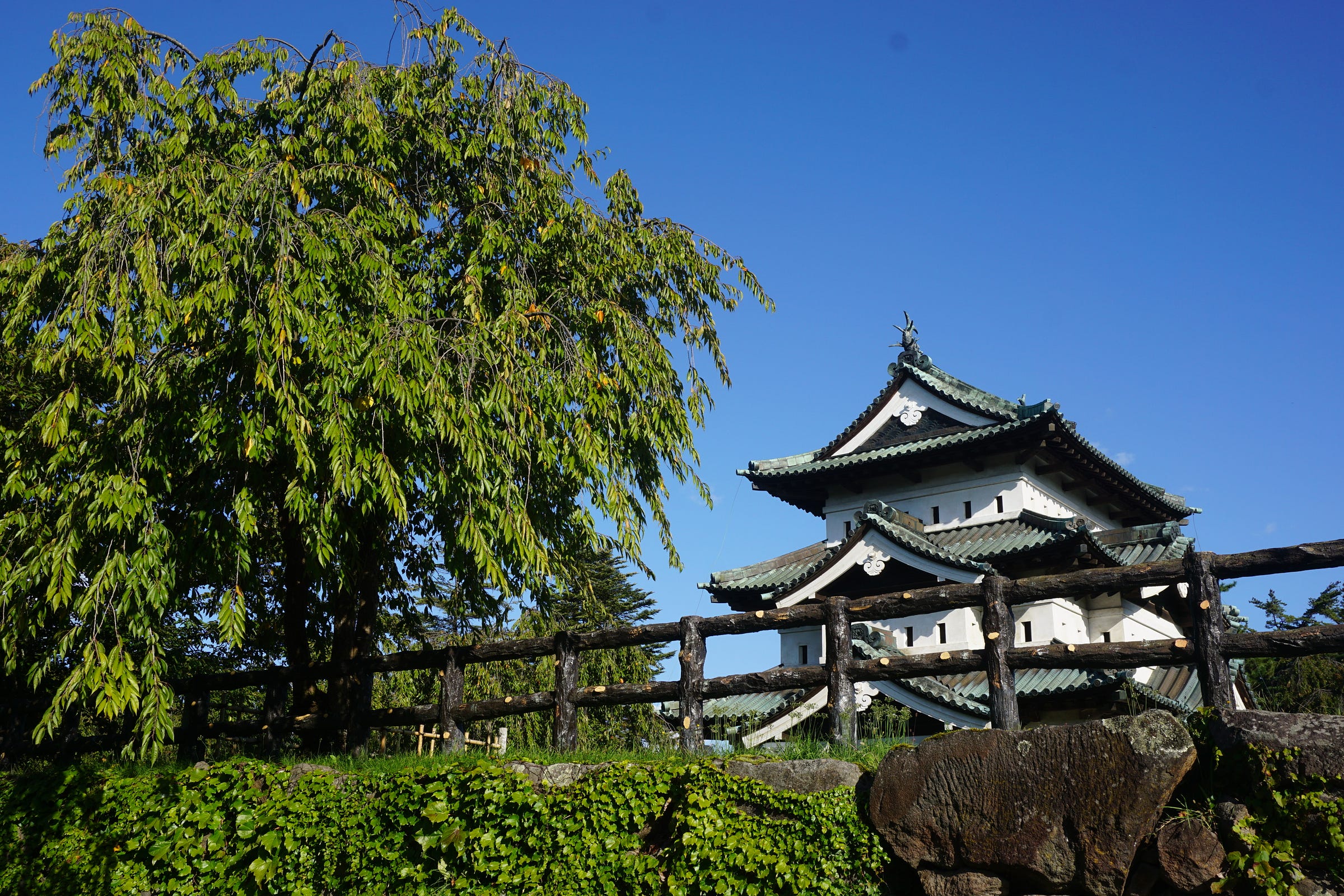
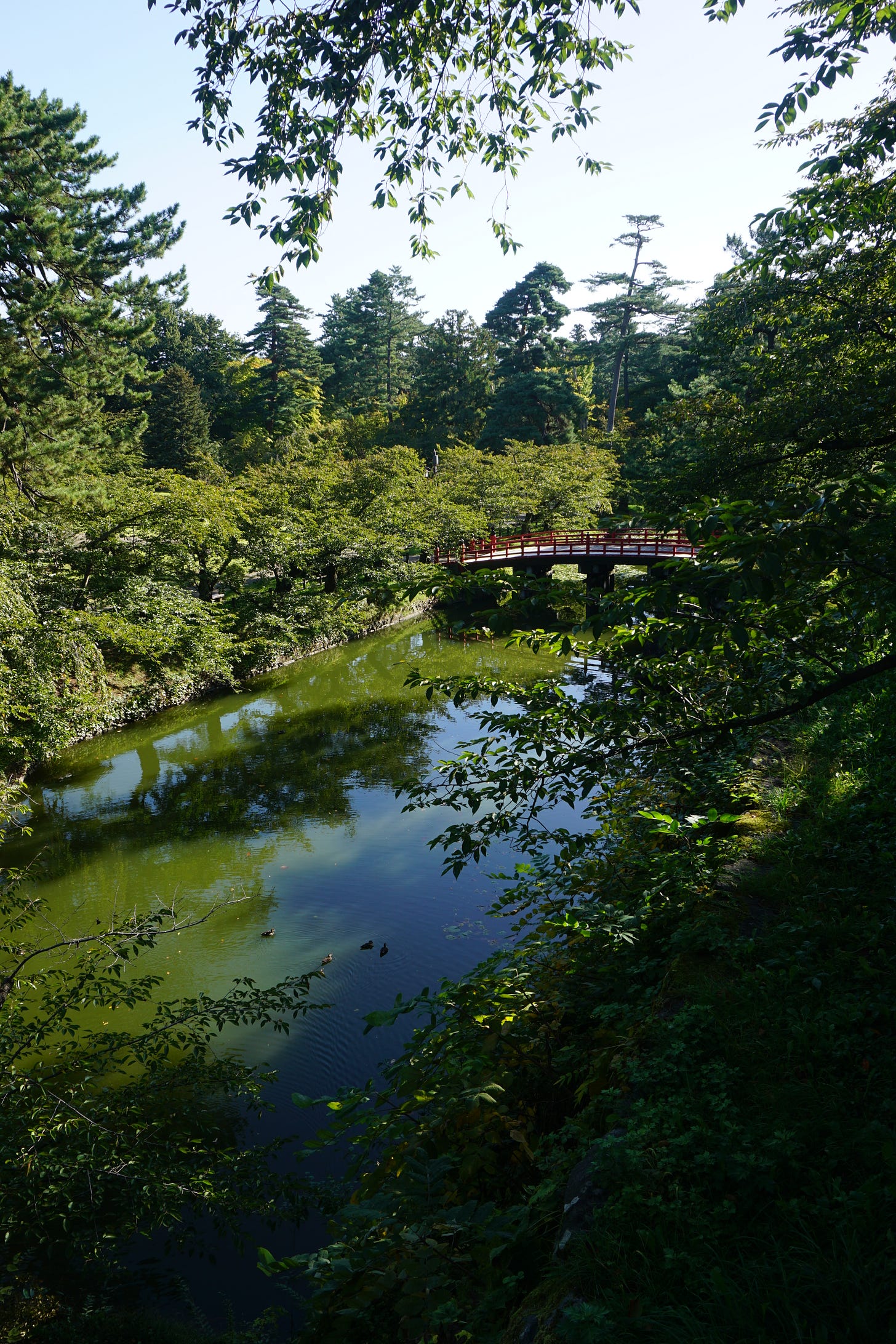
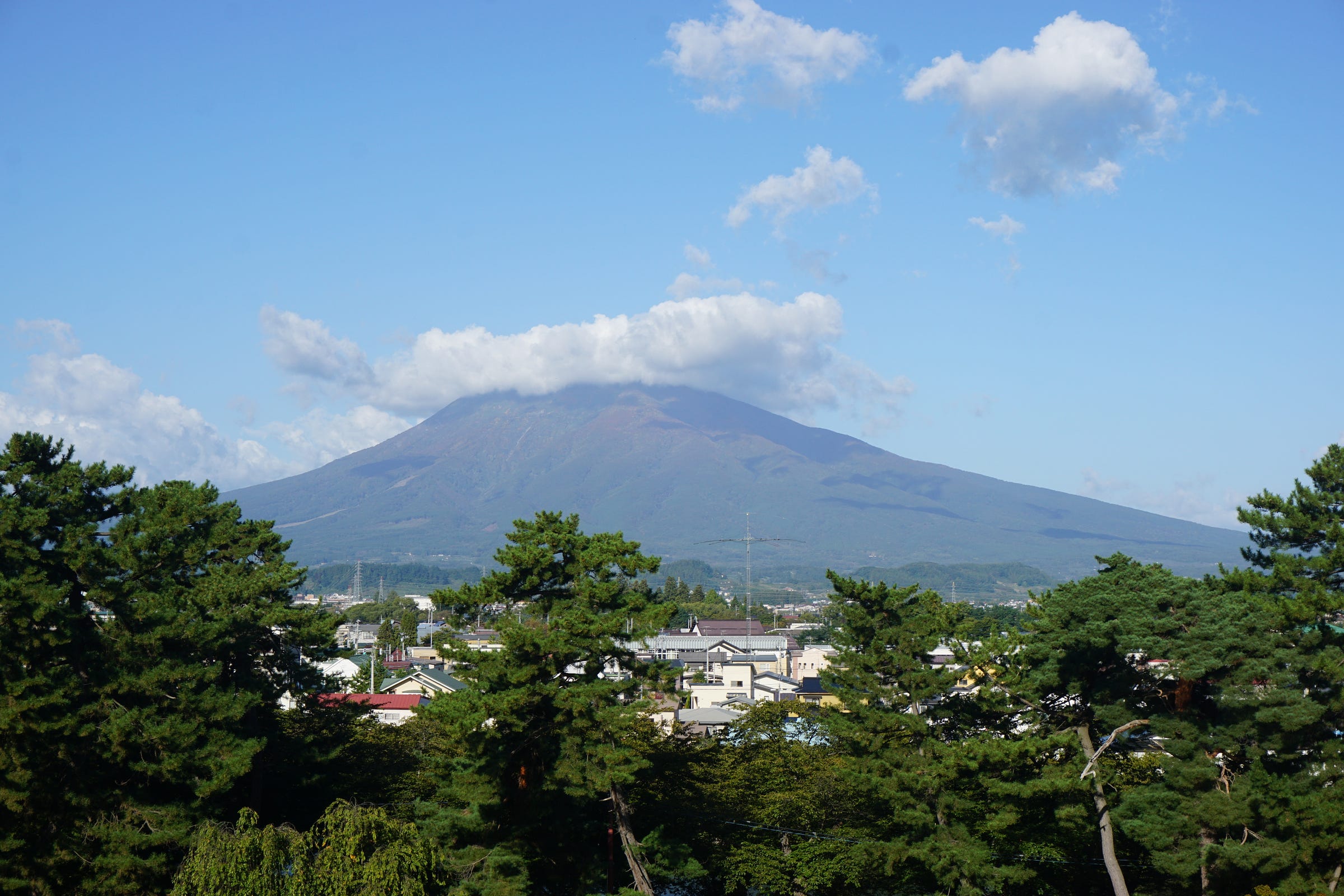
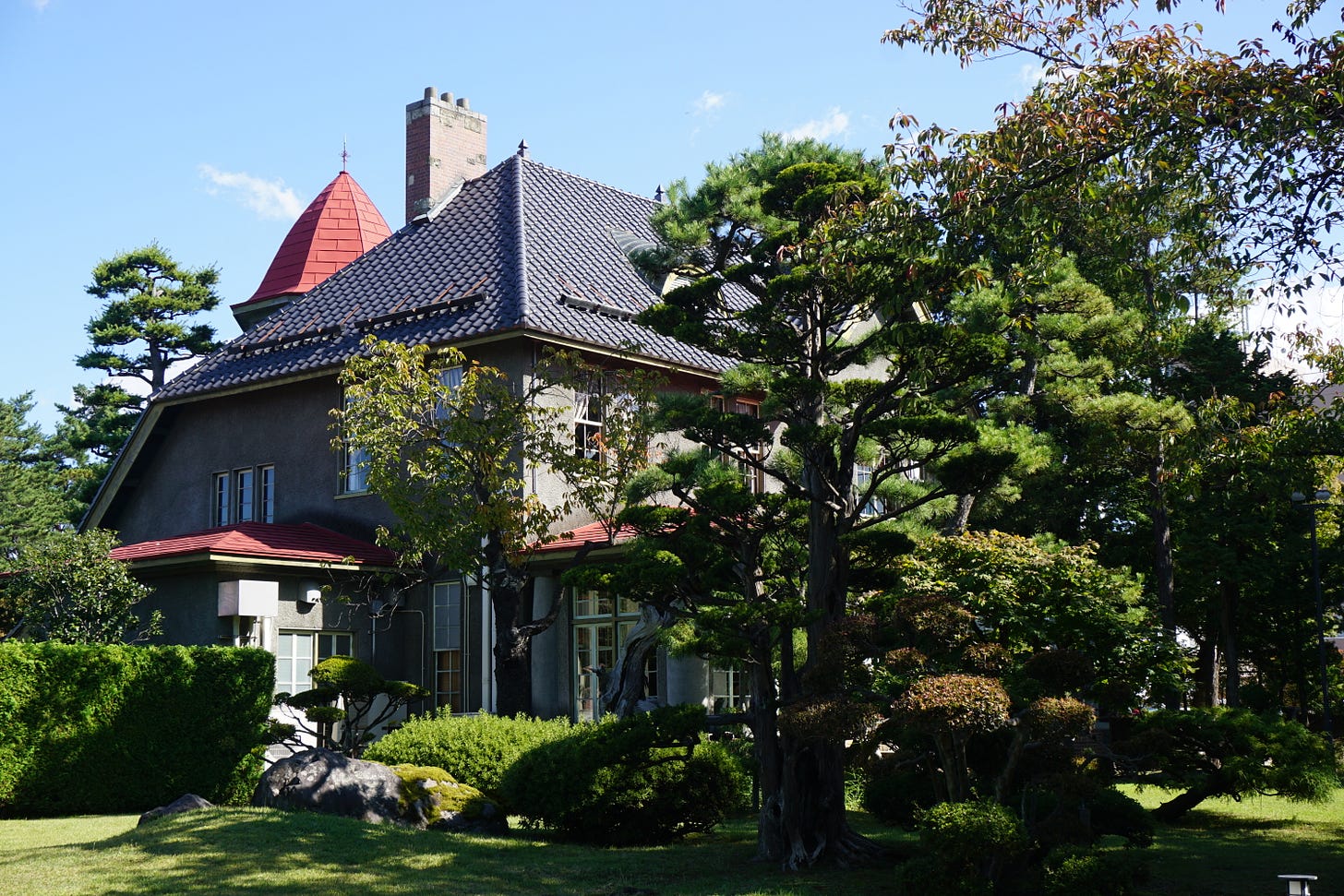
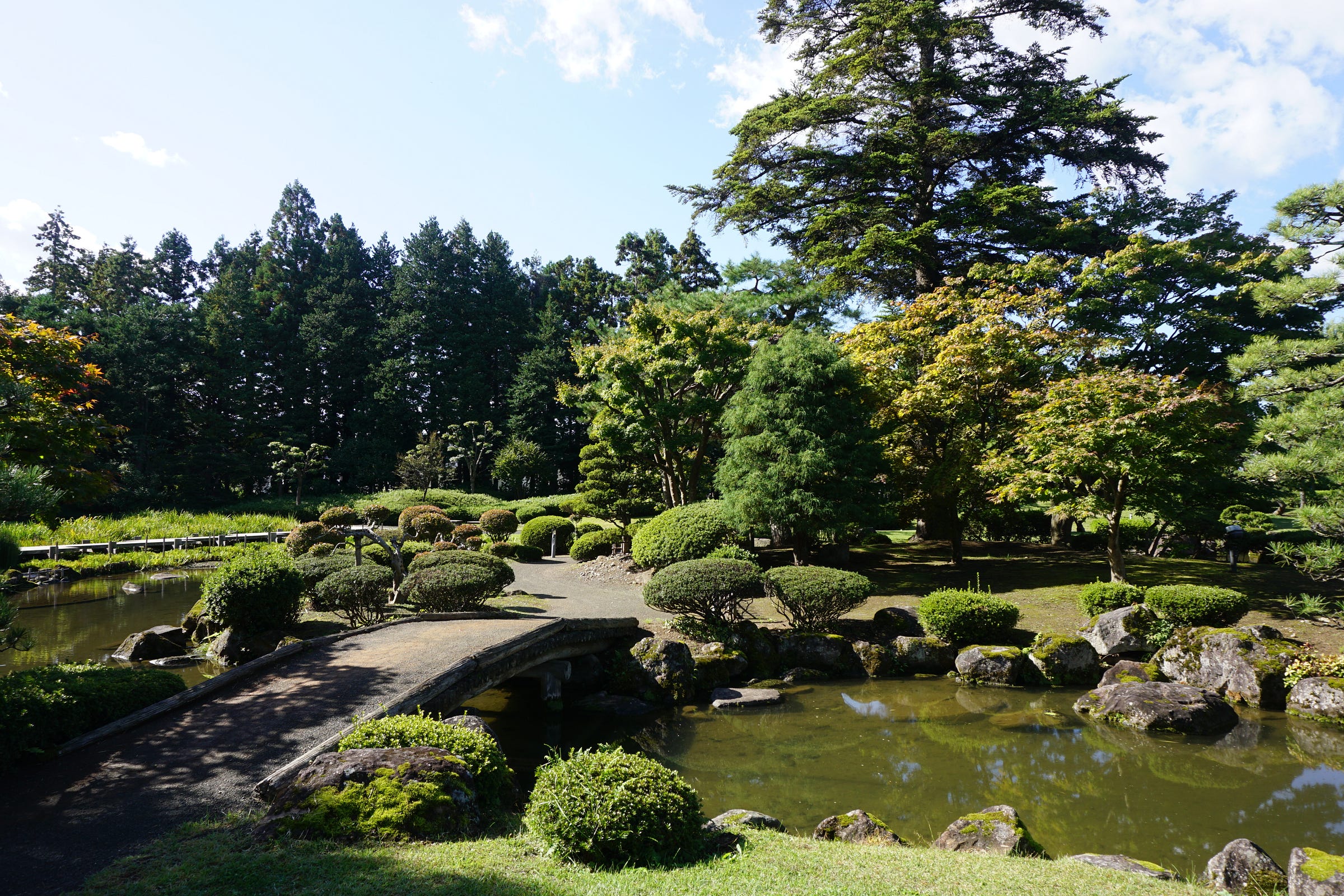
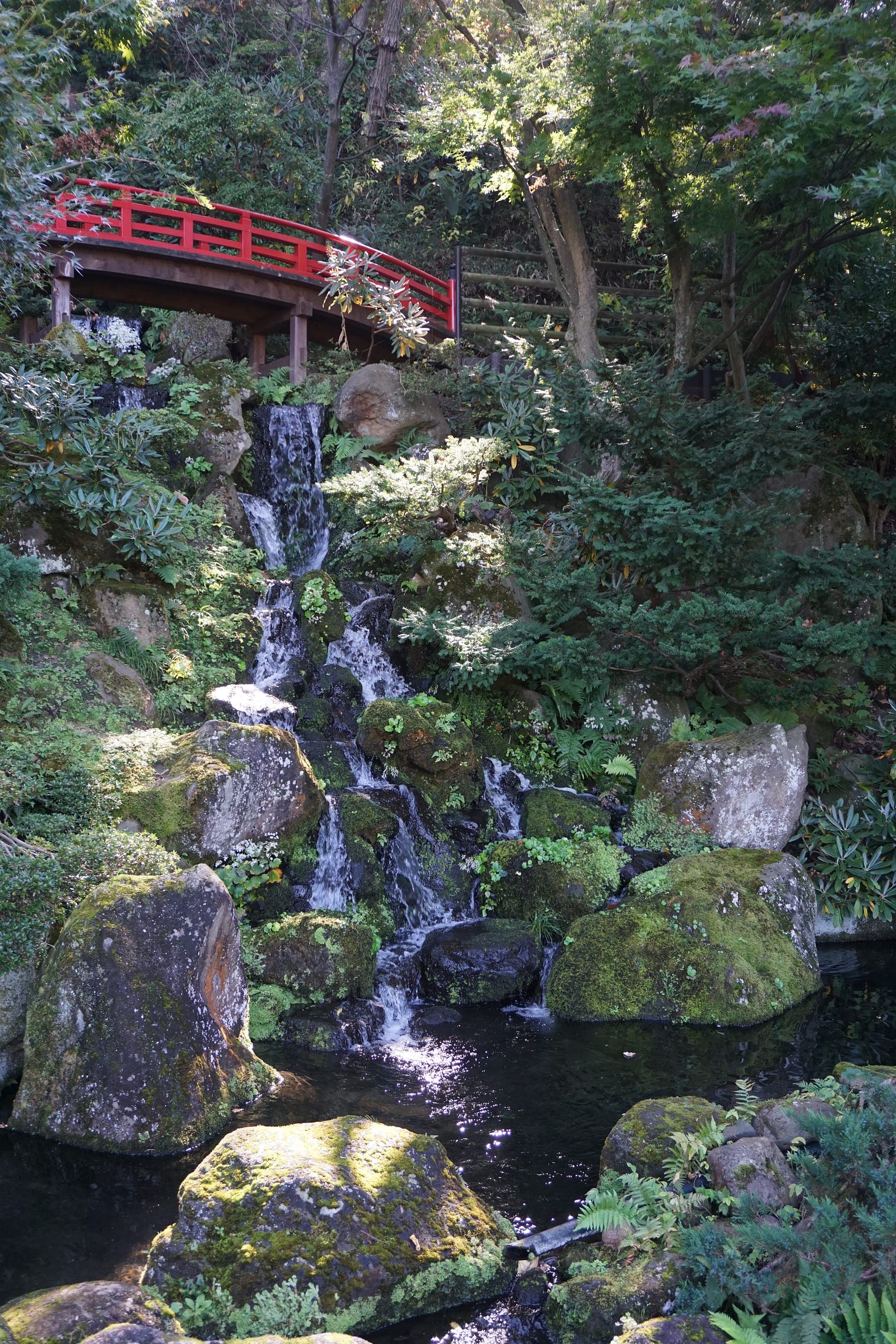
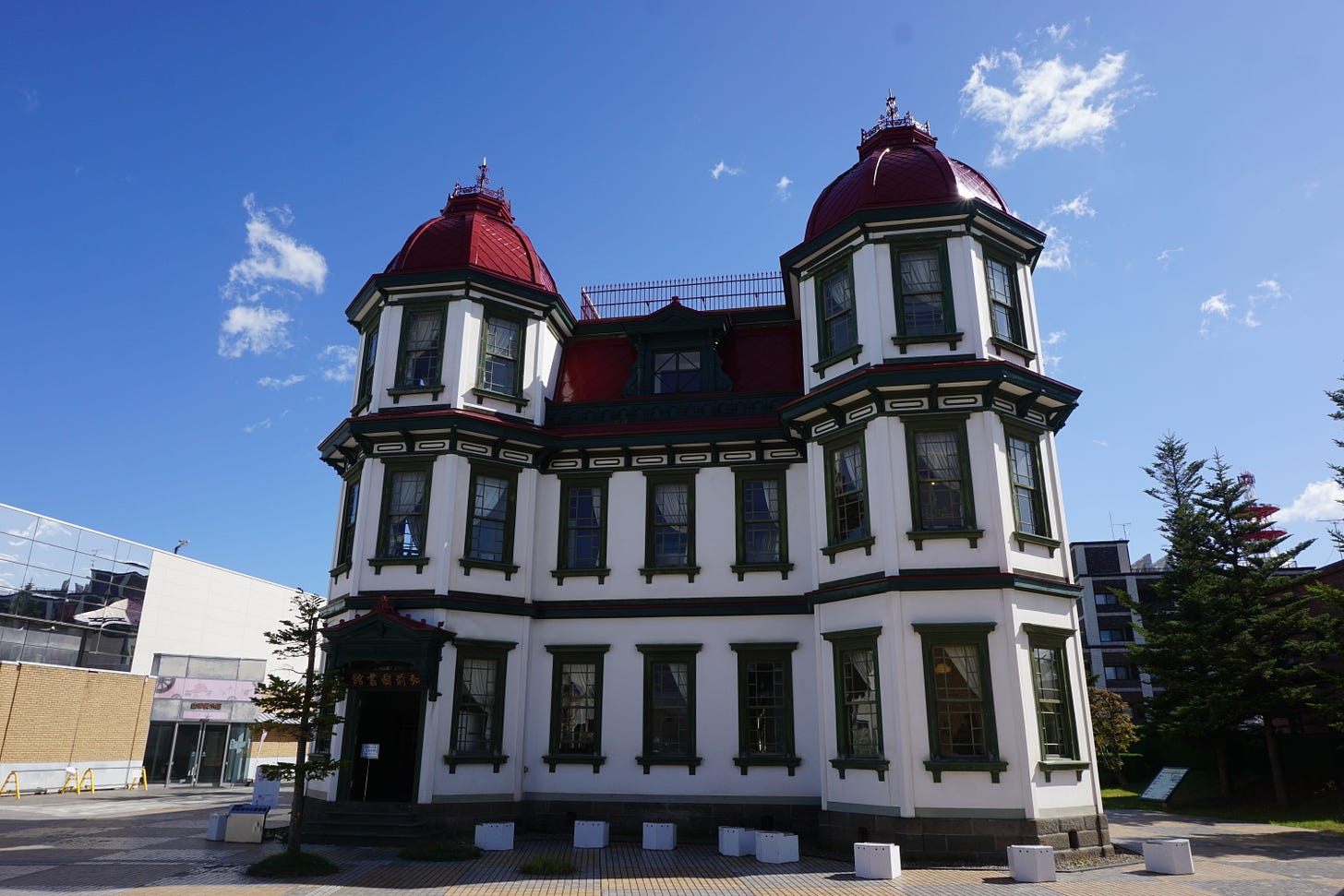
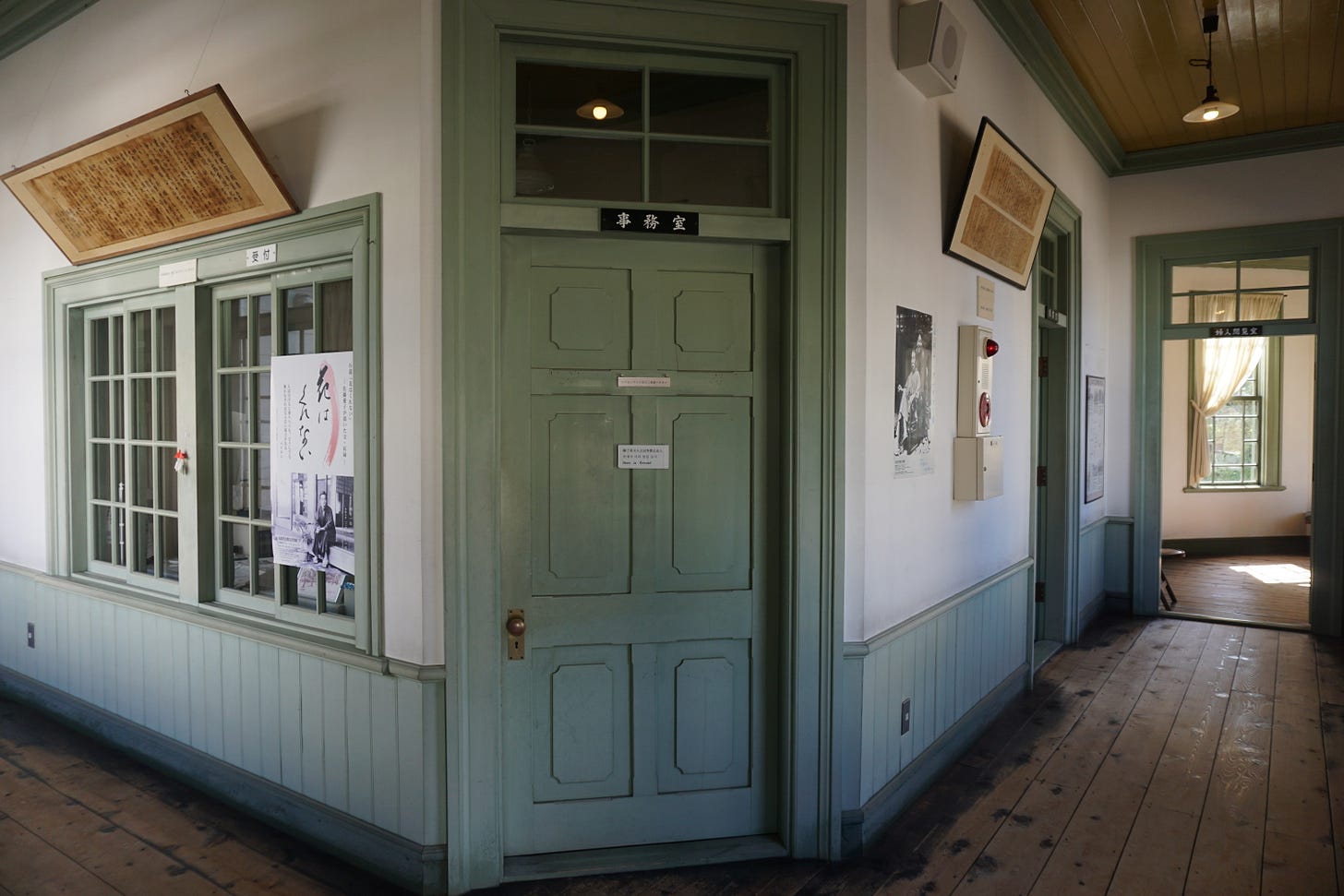
Thank you for sharing this! I am now very much wanting to go there. 🥰
Charming read about a charming city. Thanks Gianni!